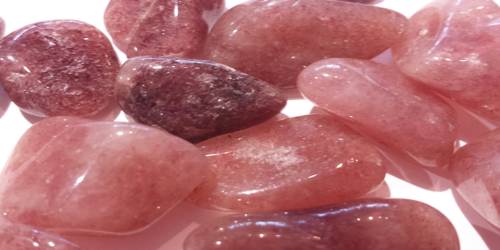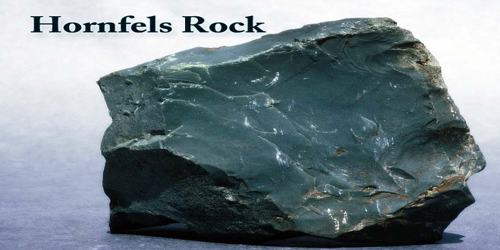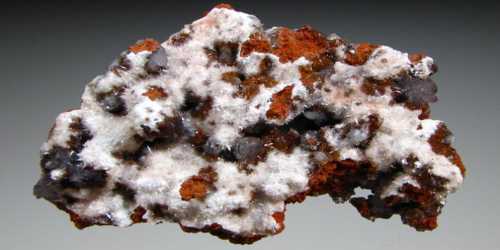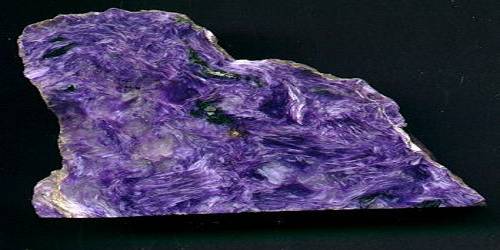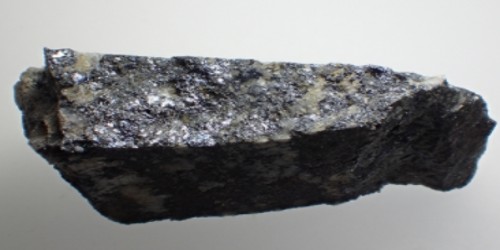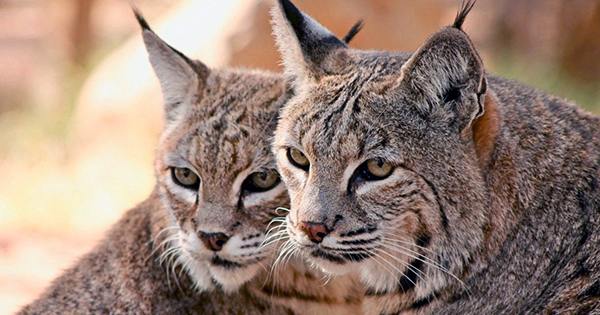Aventurine is a form of quartz, along with carnelian, amethyst, and citrine; characterized by its translucency and the presence of platy mineral inclusions that give a shimmering or glistening effect termed aventurescence. It is commonly found in a forest green color, but can also be found in orange, yellow, brown, gray, and blue.
Aventurine’s name comes from Italian, “A Ventura”, meaning “by chance”. Aventurine is found in many places in the world such as Brazil, China, Japan, Russia, Tanzania, and the United States. Green Aventurine is most commonly found in India, while Chile, Spain, and Russia account from good quality white, gray, orange, and gray material.
General information:
- Mineral Species: Quartz
- Mineral Group: Oxides
- Chemical Formula: SiO2
- Hardness: 7
- Crystal System: Trigonal
- Colour: Commonly mid to dark green from included fuchsite (green mica). Also, orange to red, due to included hematite. More rarely as yellow and blue.
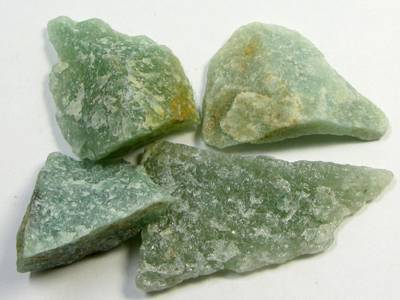
Properties
The most common color of aventurine is green, but it may also be orange, brown, yellow, blue, or gray. Chrome-bearing fuchsite (a variety of muscovite mica) is the classic inclusion and gives a silvery green or blue sheen. Oranges and browns are attributed to hematite or goethite. Because aventurine is a rock, its physical properties vary: its specific gravity may lie between 2.64-2.69 and its hardness is somewhat lower than single-crystal quartz at around 6.5.
- Color: Green, Blue, Yellow, Orange, Brown, Grey
- Luster: Vitreous, Waxy
- Crystal system: Hexagonal crystal system
- Chemical formula: SiO₂
- Hardness (Mohs hardness scale): 6.5 – 7
- Mineral class: Chalcedony
- Transparency: Opaque
Occurrence
The name aventurine derives from the Italian “a Ventura” meaning “by chance”. This is an allusion to the lucky discovery of aventurine glass or goldstone at some point in the 18th century. Although it was known first, Goldstone is now a common imitation of aventurine and sunstone. Goldstone is distinguished visually from the latter two minerals by its coarse flecks of copper, dispersed within the glass in an unnaturally uniform manner. It is usually a golden brown, but may also be found in blue or green.
The majority of green and blue-green aventurine originates in India (particularly in the vicinity of Mysore and Chennai) where it is employed by prolific artisans. Creamy white, gray and orange material is found in Chile, Spain, and Russia. Most material is carved into beads and figurines with only the finer examples fashioned into cabochons, later being set into jewelry.
Information Source:
